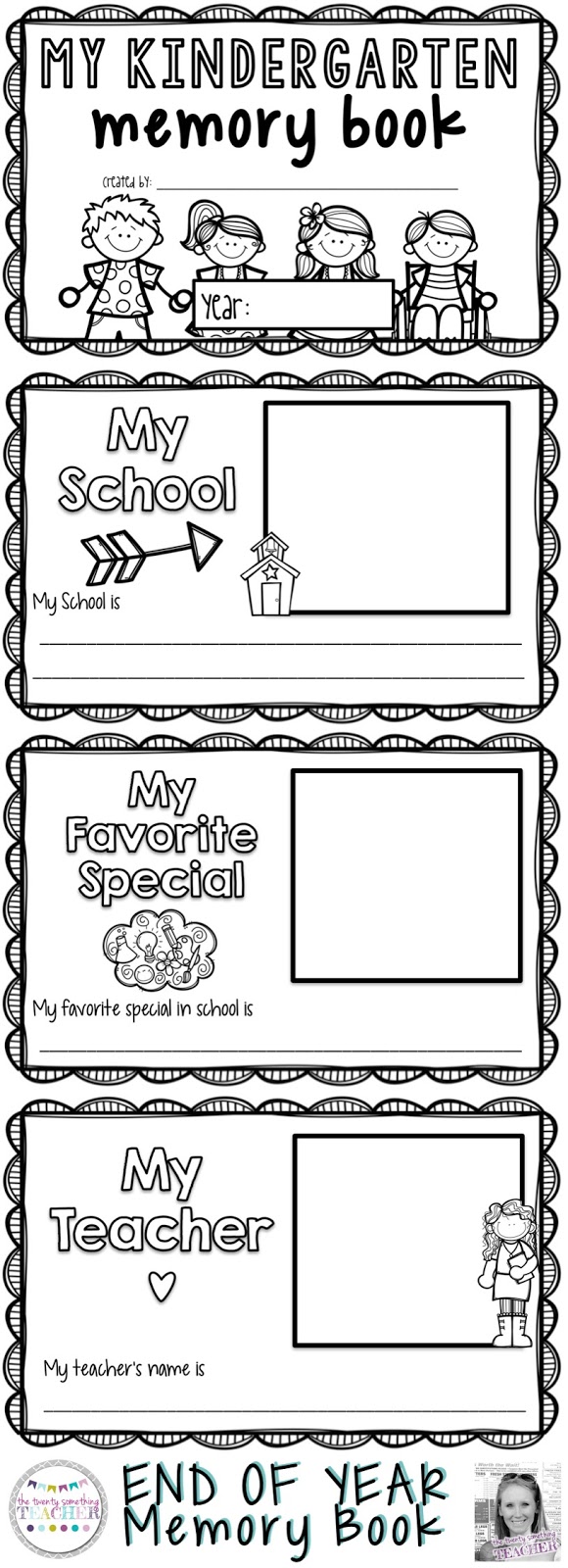READING AND WRITING IN KINDERGARTEN & FIRST GRADE
Calling all kindergarten and first grade teachers! Below is some helpful information when teaching kindergarten's three writing genres: opinion, informative, and narrative. Providing helpful anchor charts, showing children meaningful mentor books, and supporting these writer's with appropriate paper choices can be key to successful little readers and writers. Let me help!
What Should Writing Look Like?
Kindergarten:
Greatschools.org says, "It all begins with scribbles. Aside from decorative swirls, a few letters, and perhaps even their own names, most kindergartners start school not knowing how to write. That’s the point of school, after all… right?In a word, yes. You may have heard that kindergarten is significantly more academic under the new Common Core State Standards — and it’s true: the kindergarten writing standards include scary terms like “research” and “publish.” But don’t panic. Kindergarten is still the year children first learn about writing, which includes honing listening, speaking, and thinking skills, along with physical writing, starting with the ABCs."
First Grade:
Education.com says that "First graders are tasked with improving their written vocabularies, writing more detailed sentences, and crafting short narratives." Their writing will get lengthier, moving away from uppercase letters and focus more on the writing process rather than just how to write.
Writing Paper
Writing Paper should be simple. We don't want to overstimulate the children with too many lines or cutesy graphics. Also, given the range of writers you have in your class, you may want to have different paper options available to your learners. Here are some types of paper I have used in the past:
Narratives (such as small moment or personal narratives):
Informational (such as research reports or expert books):
Opinion (author/book reviews):
Anchor Charts
Mentor Texts:
Narrative Writing: These books should model defined characters, a clear setting, and a beginning, middle and end. Check out these books when teaching narrative writing.
A Moment in Time by Jennifer Butenas
 Roller Coaster by Marla Frazee
Roller Coaster by Marla Frazee

Opinion Writing: Have fun with this! I loved to expose children to a variety of different books and authors and they had to do a book review on one of their favorite books. Author books are great too. Read authors like Mo Willems, Laura Numeroff, Julia Donaldson, Eric Carle, and Jan Brett and students have to write about authors they love and why.



Informational Writing: One year I used up all my scholastic points to buy non-fiction books for my class. SO WORTH IT! Choose books around a certain topic (i.e. all kids write about farm animals) or let them choose a topic based off of a nonfiction book you have in your classroom. Here are some great resources to use...
National Geographic for Kids
Raz Kids (sort by nonfiction)
Scholastic Magazines
Infusing Technology
I recommend ABCya.com. They have a ton of great games around reading, writing, phonics, math, strategy, and holiday topics. Give Story Maker a try! I used this program to publish and the kids loved it!
Raz-Plus (now better than ever!) You can exposed children to leveled readers, print out assessment, project close reading passages and so much more! Here is the link.























































